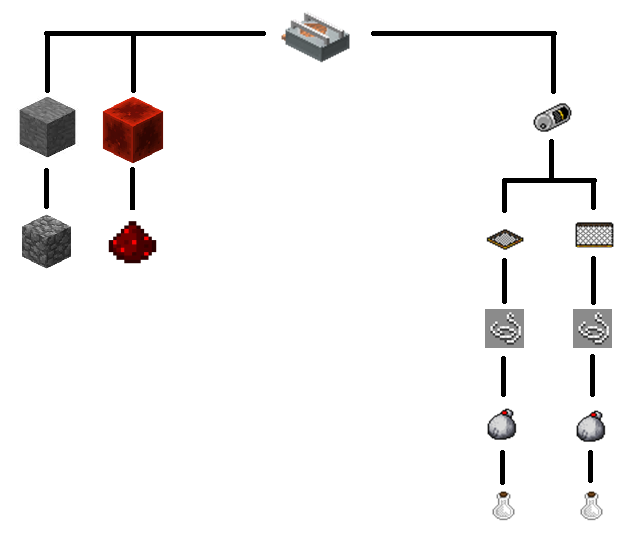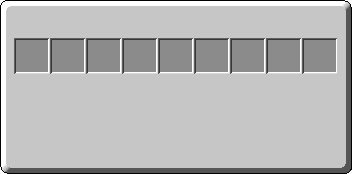Difference between revisions of "Condenser"
| Line 1: | Line 1: | ||
==Description== | ==Description== | ||
A condenser utilizes membranes to separate [[Cartridge (Nitrogen)|Nitrogen]] from the air. A condenser also allows you to harvest [[Vial (Salt Water)| salt water]] if it is placed next to a block of water. | A condenser utilizes membranes to separate [[Cartridge (Nitrogen)|Nitrogen]] from the air. A condenser also allows you to harvest [[Vial (Salt Water)| salt water]] if it is placed next to a block of water. | ||
| + | |||
==External== | ==External== | ||
| + | Membrane gas separation is primarily used to separate atmospheric air into its two main components, nitrogen (78.08%) and oxygen (20.95%). However trace elements like argon (0.93%), carbon dioxide (0.038%) and other inert gases can also be obtained this way. The membranes act as a permeable layer that gases move through at different rates, effectively separating the main components. | ||
| + | |||
https://en.wikipedia.org/wiki/Membrane_gas_separation | https://en.wikipedia.org/wiki/Membrane_gas_separation | ||
| Line 66: | Line 69: | ||
* 5 [[Membrane X]] | * 5 [[Membrane X]] | ||
- 5 [[Fibers (LDPE)]] (per membrane) | - 5 [[Fibers (LDPE)]] (per membrane) | ||
| − | |||
| − | |||
| − | |||
| − | |||
==Gallery== | ==Gallery== | ||
Revision as of 00:29, 5 December 2016
Description
A condenser utilizes membranes to separate Nitrogen from the air. A condenser also allows you to harvest salt water if it is placed next to a block of water.
External
Membrane gas separation is primarily used to separate atmospheric air into its two main components, nitrogen (78.08%) and oxygen (20.95%). However trace elements like argon (0.93%), carbon dioxide (0.038%) and other inert gases can also be obtained this way. The membranes act as a permeable layer that gases move through at different rates, effectively separating the main components.
https://en.wikipedia.org/wiki/Membrane_gas_separation
Properties
| Name | Value |
|---|---|
| CompoundVesselToSpawn | Flask (Nitrogen) |
| AmountToSpawn | 1 |
| SpawnFreq (sec) | 10 |
| Release Version | 1.0.0 |
| UnitSize | 1 block |
Recipes
Crafting Table
| Outputs | Components | Recipe |
|---|---|---|
Ingredients/Tips
Below you will find some helpful tips and lists for gathering the materials you will need to make the condenser. Note that to produce all of these parts, you will need access to a Furnace, Crafting Table, Chemical Processor, Machining Mill and Extruder.
List of Ingredients
- 7 blocks of Stone
* Each block is made by smelting a block of Cobblestone
* 9 pieces of redstone on a crafting table
* 4 Membrane O - 4 Fibers (LDPE) (per membrane) * 16 Bag (Low Density PolyEthylene Pellets) (per fiber) - 1 Flask (Ethylene) (per bag) * 1 Metal Die (Fibers) - 21 ingots of the same type (Aluminum, stainless steel, antimony-lead, nickel, nichrome, bismuth, steel, magnesium, titanium, cobalt, antimony, manganese, platinum, brass, tungsten, bronze, or tungsten carbide) * 5 Membrane X - 5 Fibers (LDPE) (per membrane)


